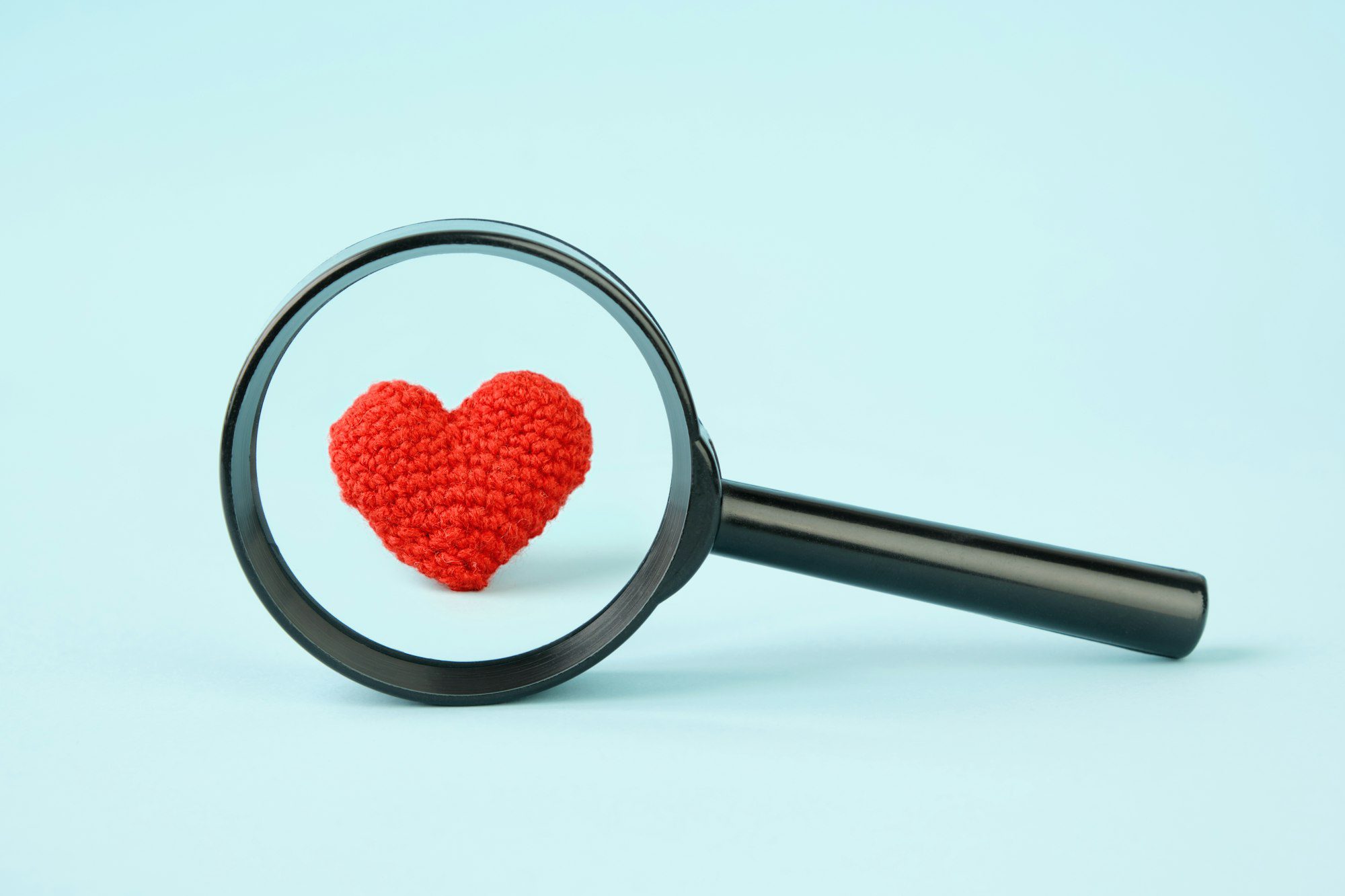Introduction
Love is a profound and multifaceted emotion that has intrigued humans for millennia. While poets and artists have captured its essence in words and art, scientists have delved into the biological and psychological mechanisms that underlie romantic love. Understanding these mechanisms can provide valuable insights into why we feel and behave the way we do in relationships.
The Biology of Love
Brain Chemistry
Love triggers a complex interplay of chemicals in our brains, which play crucial roles in our emotions and behaviors.
- Dopamine: Often referred to as the “pleasure chemical,” dopamine is associated with the feelings of euphoria and reward that accompany the early stages of love. High levels of dopamine create feelings of excitement and happiness, similar to the effects of certain drugs, which is why new love can feel so intoxicating.
- Oxytocin: Known as the “love hormone,” oxytocin promotes bonding and attachment. It is released during physical touch, such as hugging, kissing, and sexual activity, fostering a sense of closeness and trust between partners.
- Serotonin: This neurotransmitter helps regulate mood and social behavior. During the initial stages of romantic love, serotonin levels may decrease, leading to obsessive thoughts about the loved one, akin to the behavior seen in obsessive-compulsive disorder.
The Role of Hormones
Hormones like testosterone and estrogen also significantly impact romantic attraction and behaviors.
- Testosterone: Present in both men and women, testosterone boosts libido and the drive to pursue potential mates, influencing romantic and sexual attraction.
- Estrogen: This hormone, which regulates many aspects of the reproductive system, also plays a role in sexual attraction and the feeling of being in love.
The Psychology of Love
Attachment Styles
Our early experiences with caregivers shape our attachment styles, which influence how we relate to romantic partners.
- Secure Attachment: Individuals with a secure attachment style tend to have healthy, trusting relationships. They feel comfortable with intimacy and independence, forming stable and satisfying bonds.
- Anxious Attachment: Those with an anxious attachment style often crave closeness but fear abandonment, leading to dependent and sometimes clingy behaviors.
- Avoidant Attachment: People with an avoidant attachment style may struggle with intimacy and prefer emotional distance, often avoiding deep emotional connections.
The Love Languages
Dr. Gary Chapman’s concept of the five love languages highlights how different people express and experience love. Understanding and speaking each other’s love languages can significantly enhance relationship satisfaction.
- Words of Affirmation: Expressing love through verbal compliments and words of appreciation.
- Acts of Service: Demonstrating love through helpful actions and services.
- Receiving Gifts: Giving and receiving thoughtful presents as a token of affection.
- Quality Time: Spending meaningful and undistracted time together.
- Physical Touch: Expressing affection through physical contact, such as hugs, kisses, and cuddling.
The Role of Similarity and Complementarity
Research indicates that both similarity and complementarity play roles in attraction.
- Similarity: Shared values, interests, and backgrounds can strengthen bonds and create a sense of understanding and compatibility. Couples with similar outlooks and goals often find greater harmony in their relationships.
- Complementarity: Differences that complement each other can also enhance relationships. For instance, one partner’s strengths may balance the other’s weaknesses, leading to a more balanced and supportive partnership.
The Evolutionary Perspective
Mate Selection
From an evolutionary standpoint, mate selection is driven by the desire to ensure the survival and success of offspring.
- Physical Attractiveness: Traits such as symmetry and signs of health are often subconsciously linked to fertility and good genes, making them attractive to potential mates.
- Resource Provision: Historically, the ability to provide resources (such as food and shelter) has been an attractive trait, as it increases the chances of offspring survival.
Long-Term Bonding
Evolution has favored long-term bonding in humans to provide a stable environment for raising children. This has led to the development of pair-bonding behaviors and long-term attachment, which help ensure the well-being and success of offspring.
Conclusion
Understanding the science behind love offers valuable insights into our romantic behaviors and emotions. By exploring the biological and psychological aspects of love, we can better navigate our relationships and foster healthier, more fulfilling connections. Love, while deeply personal and unique to each individual, is also a universal experience shaped by complex biological and psychological forces. Embracing this knowledge can help us build stronger, more resilient relationships.

